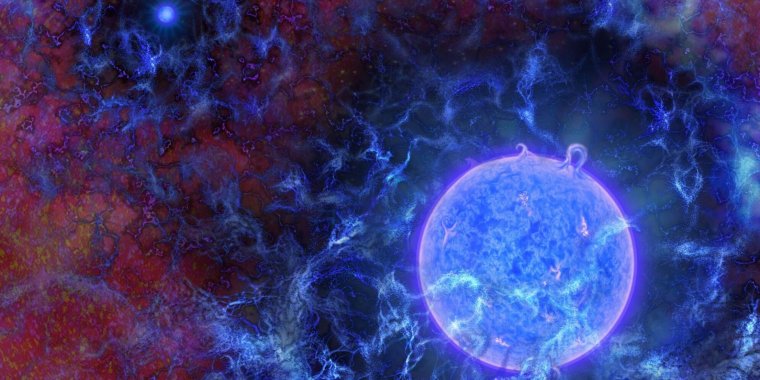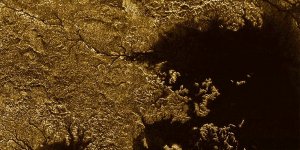| News / Space News |
Astronomers detect ancient signal from first stars in universe
For the first time, astronomers have detected a signal from stars emerging in the early universe. Using a radio antenna not much larger than a refrigerator, the researchers discovered that ancient suns were active within 180 million years of the Big Bang.

Artist's rendering of how the first stars in the universe may have looked. Image credit: N.R.Fuller, National Science Foundation
The astronomers, from Arizona State University (ASU), the Massachusetts Institute of Technology (MIT) and the University of Colorado at Boulder, made the discovery with their Experiment to Detect the Global EoR (Epoch of Reionization) Signature (EDGES) project.
Models of the early universe predict such stars were massive, blue and short-lived. Because telescopes cannot see them, though, astronomers have been hunting for indirect evidence, such as a tell-tale change in the background electromagnetic radiation that permeates the universe, called the cosmic microwave background (CMB).
A small dip in intensity, for example, should be apparent in CMB radio signals, but Earth's crowded radio-wave environment has hampered astronomers' search.
Such dips occur at wavelengths between 65 megahertz (MHz) and 95 MHz, overlapping with some of the most widely used frequencies on the FM radio dial, as well as booming radio waves emanating naturally from the Milky Way galaxy.
Despite the obstacles, astronomers were confident that finding such a signal would be possible, thanks to previous research indicating that the first stars released tremendous amounts of ultraviolet (UV) light. That light interacted with free-floating hydrogen atoms, which began absorbing surrounding CMB photons.
In their paper, the EDGES team reported seeing a clear signal in the radio wave data, detecting a fall in CMB intensity when that process began. As stellar fusion continued, its resulting UV light began to rip apart the free-floating hydrogen atoms, stripping away their electrons in a process called ionization.
When the early stars died, black holes, supernovae and other objects they left behind continued the ionizing process and heated the remaining free hydrogen with X-rays, eventually extinguishing the signal. EDGES data reveal that milestone occurred roughly 250 million years after the Big Bang. (National Science Foundation)
YOU MAY ALSO LIKE




